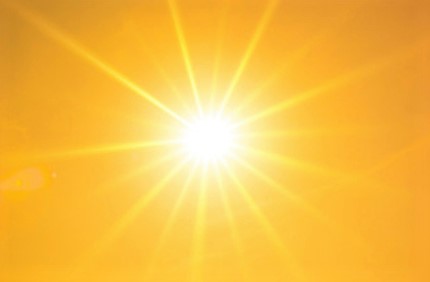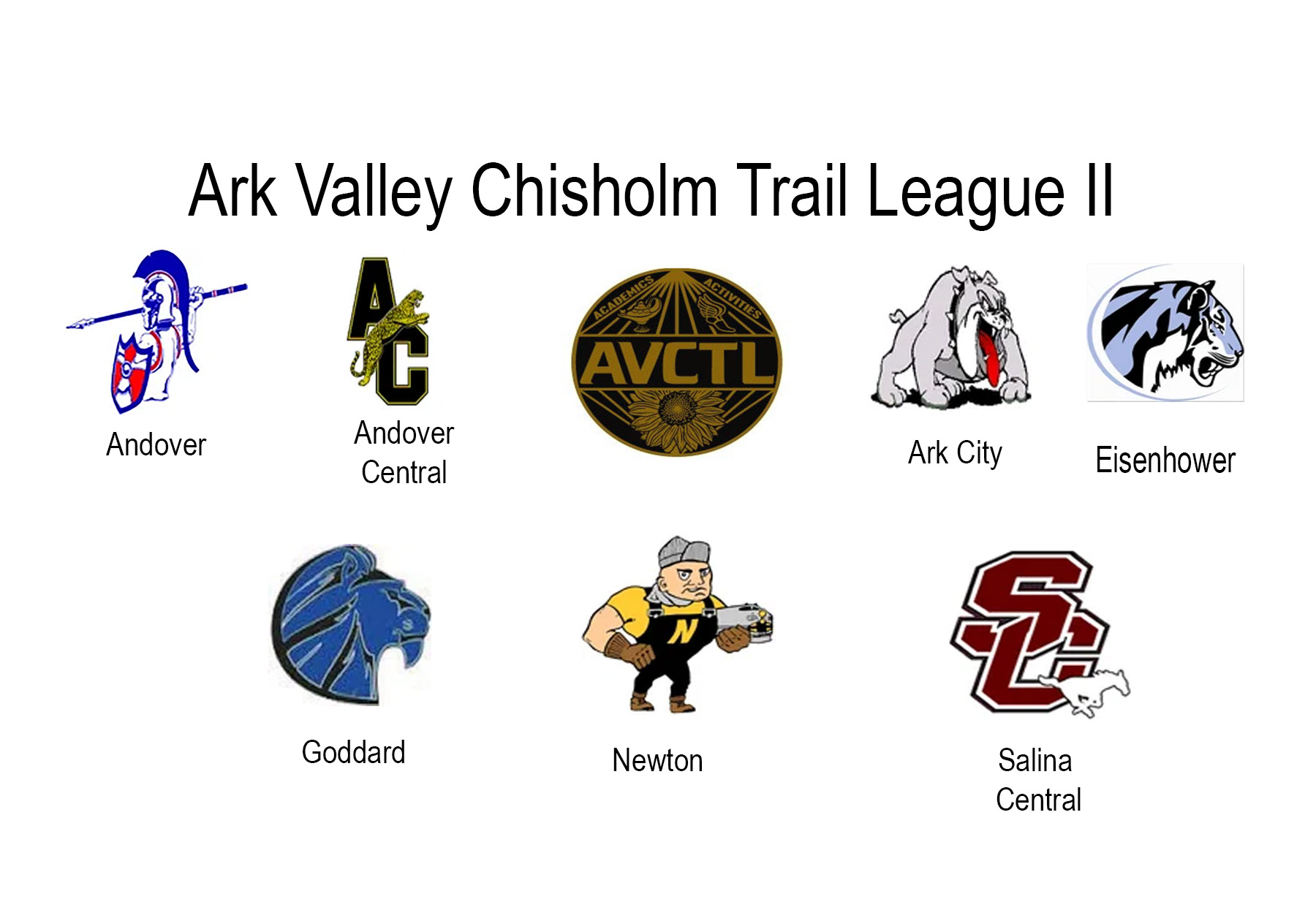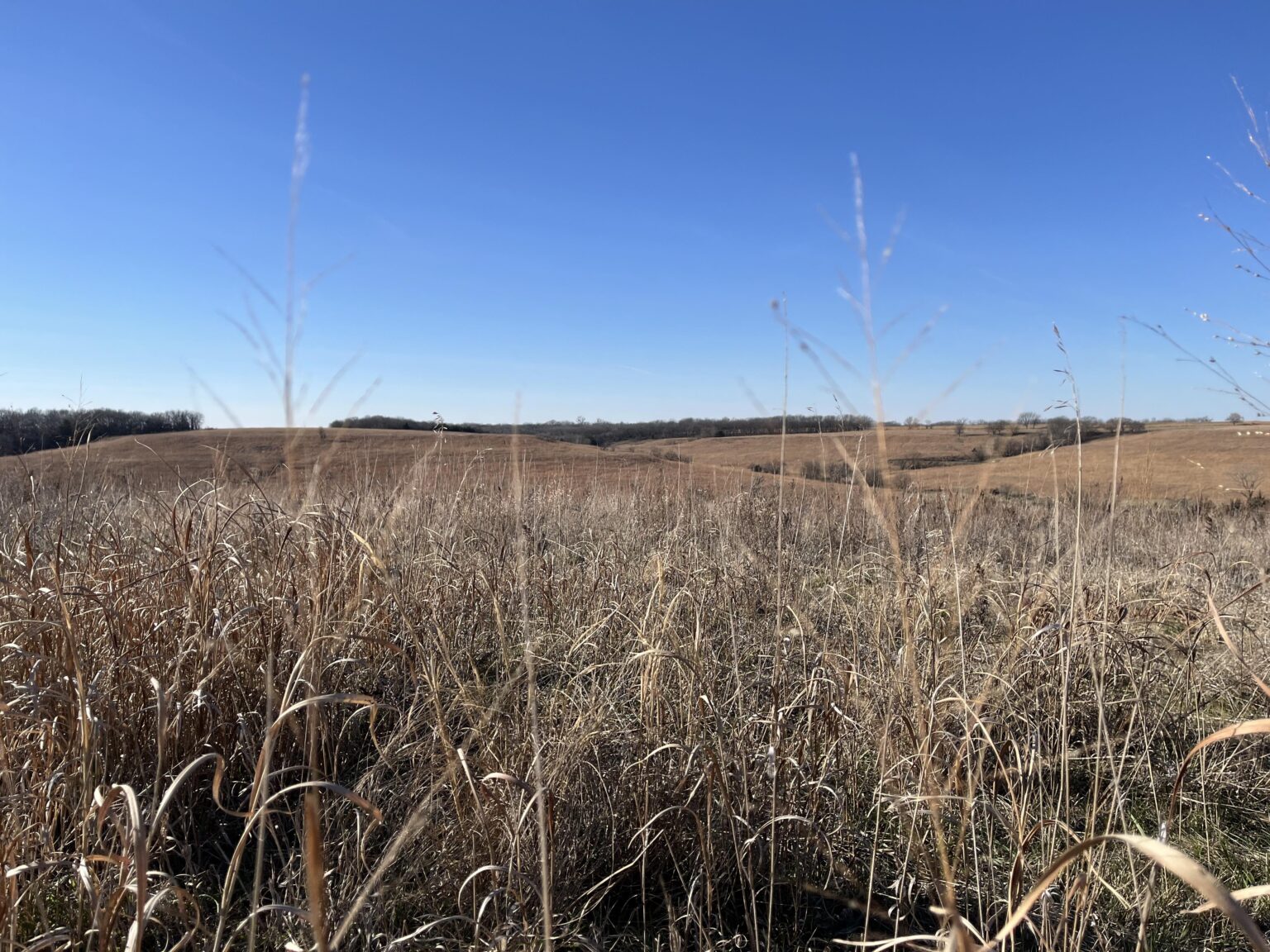It’s no secret small talk often revolves around the weather, but it’s been happening far longer than most suspect. Though the Greeks and Romans observed July and August to be downright miserable as summer reached its peak, they attributed the sweltering heat to a celestial coincidence that included a nearby star and our Sun.
The additional star is Sirius, or the dog star, because it’s part of the “Greater Dog” constellation. It’s how the stretch of summer from early July to mid-August became known as the “dog days” in the Northern Hemisphere. During this time, Sirius appears to rise and set alongside the Sun, leading the Greeks to believe the additional light it provided caused the heat, humidity, drought and general discomfort associated with summer.
As the brightest star viewed from Earth, Sirius was noticed among other cultures and given varying meanings as well. For ancient Egyptians, it marked the flooding of the Nile, while for Polynesians living in the Southern Hemisphere, the star was a marker of winter and used for sailing around the Pacific.
The poet Virgil captured the thoughts of his fellow Romans in the Aeneid, writing “The dog star, that burning constellation, when he brings drought and diseases on sickly mortals, rises and saddens the sky with inauspicious light.”
On July 23, the Sun and Sirius will rise and set at nearly identical times for those of us north of the Equator. The dog days were said to run for 20 days both before and after this astronomical anomaly.
In Kansas, the dog days are more similar to Greece than Egypt or Polynesia. While Sirius is no more responsible for the heat we experience this time of year than county fairs are, the dog days are still very much a season unto themselves. Much like the Greeks, we also experience blazing days capable of driving men and dogs to madness. Luckily, we have air conditioning now.
I’ll gladly take the hot, long summer weather over the short, dark days of winter. Despite the heat, the dog days have some pretty good benefits, like sweet corn, watermelon and vine-ripened tomatoes.
Working through the dog days isn’t fun but scheduling around the sun helps. I remember getting up before dawn growing up to work cattle in the relative coolness of the morning before the Sun rose too far above the horizon. Work outside a tractor cab was limited to before lunch as well, and we always had plenty of water on hand.
Like every weather forecast, Sirius has never been a perfect predictor of what’s to come. When the dog days end in mid-August, each day will be more than an hour shorter than the summer solstice. But the threat of heat waves will stick around for another month or so.
Soon enough, however, the hot and humid dog days will shift to crisp and cool fall mornings that we’ll appreciate so much more because we’ve survived the heat of summer. That is, of course, provided we’re not driven mad before autumn arrives.
_ _ _
“Insight” is a weekly column published by Kansas Farm Bureau, the state’s largest farm organization whose mission is to strengthen agriculture and the lives of Kansans through advocacy, education and service.



